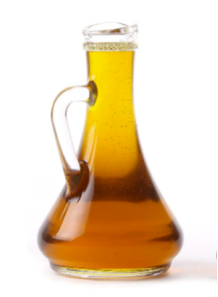Chia Seed Oil (Virgin, Cold-Pressed)
Cosmetics
Code: 127532
high concentration of nutrients that benefit skins on many ways
Cart
No products
Subtotal:
0.00
Total
0.00
THB



